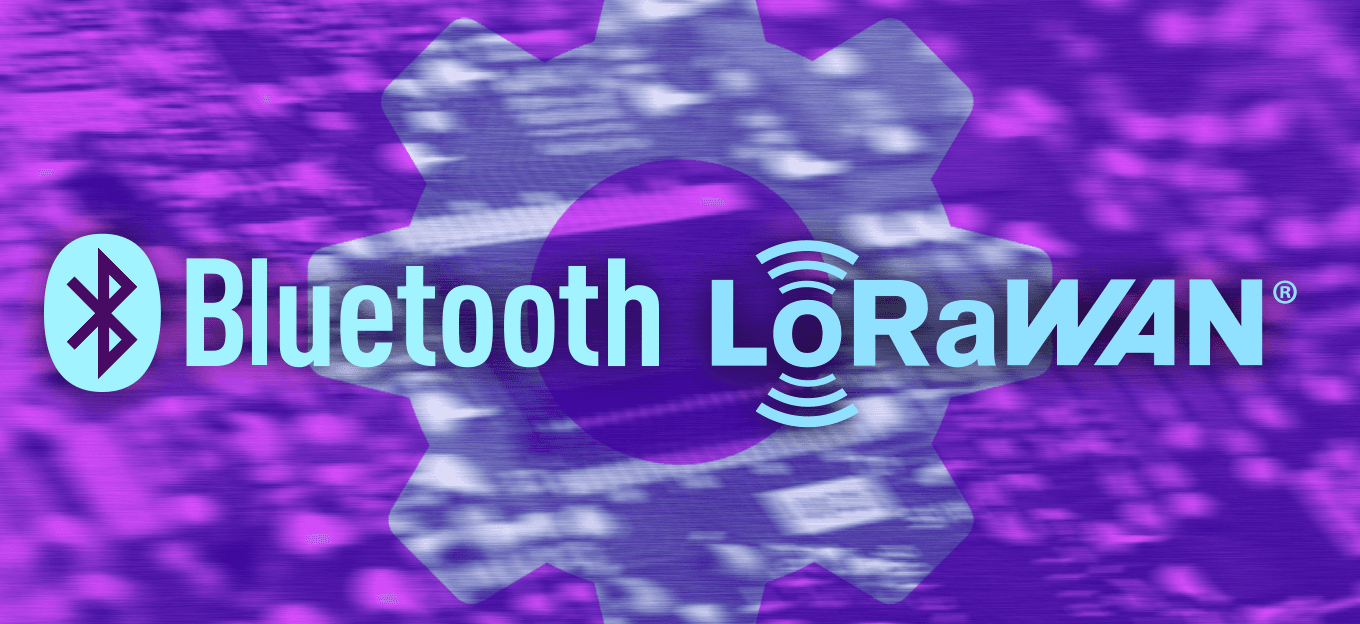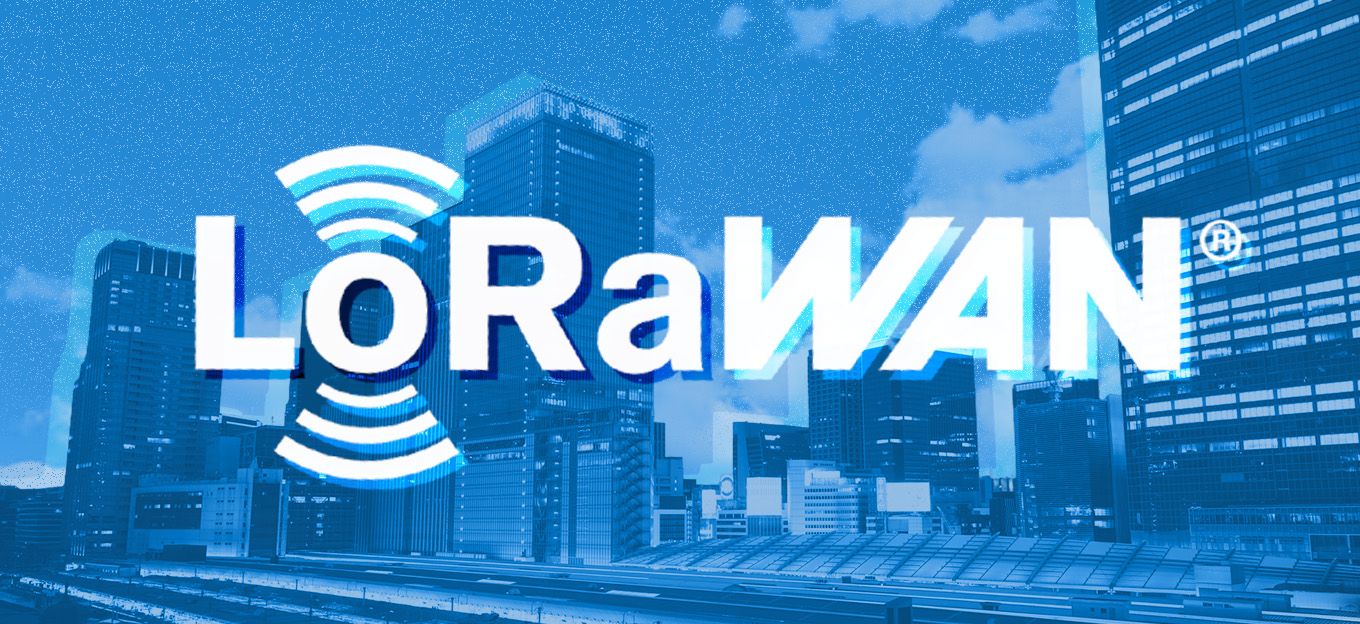Low Power IoT Connectivity: Cellular Vs. LoRaWAN
Low Power IoT Connectivity: Cellular Vs. LoRaWAN
- Last Updated: December 2, 2024
Monogoto
- Last Updated: December 2, 2024



The Internet of Things isn’t just one technology. It includes several different solutions and parts involving many fields, from network to end-user hardware and design to data science. Each of these technologies had to evolve to make your mission-critical IoT system possible—and technologies evolve in response to challenges.
"The Internet of Things isn’t just one technology. It includes several different solutions and parts involving many fields, from network to end-user hardware and design to data science."
In the early days of IoT, power efficiency was one such challenge. Connecting to a network requires electricity. Some network technologies consume a lot of electricity from devices. But many of our most valuable IoT use cases are hard to deliver due to the amount of electric power required.
For example, asset tracking devices have to work wherever the asset goes. Micromobility products travel great distances every day. Even stationary IoT devices can be tough to reach. Think of fish-farming sensors below water or smart gas meters scattered across vast areas.
These devices don’t have access to hard-wired electricity grids, so they have to run on battery power. Frequent charging or replacement of batteries quickly ruins the business case; it’s simply too arduous and too expensive. For these use cases, devices must consume very limited power as they connect to networks or share data.
Network engineers solved this problem with low-power, wide-area networks, or LPWANs. These connectivity solutions are designed to draw as little power from devices as possible. But LPWAN technology isn’t that simple. Two types of LPWA networks are most common for today’s IoT users: LoRaWAN and cellular LPWAN. If you plan to deploy battery-powered IoT devices, which of these network technologies should you choose?
To find out, let’s take a closer look at each. Here’s a quick comparison of cellular LPWAN versus LoRaWAN connectivity, including the strengths, weaknesses, and core use cases for each.
Benefits and Drawbacks of LoRaWAN
LoRaWAN is a radio communication protocol that supports data-sharing over the unlicensed wireless spectrum. What does that mean? Well, mobile network operators like AT&T and Verizon license portions of the electromagnetic spectrum that support radio transmission. They pay for exclusive access to these bands. In turn, they must meet certain performance requirements set by regulatory agencies and trade groups.
While the nonprofit LoRa Alliance supports the LoRaWAN protocol, this technology is much less centralized than cellular LPWANs. That offers self-reliance in exchange for some measure of reliability.
Here are a few benefits of LoRaWAN connectivity:
- LoRaWAN’s use of the unlicensed spectrum has historically brought down costs.
- The decentralized nature of LoRaWAN allows for a great deal of customization, assuming you know how to build a wireless network from scratch.
- LoRaWAN has a strong history of success in stationary IoT use cases, like smart buildings and utility meters.
But LoRaWAN also introduces a few limitations compared to cellular LPWAN technology:
- Unlicensed radio bands are a particularly limited resource. That leads to lower data-sharing rates for LoRaWAN connections compared to licensed cellular options.
- It’s very difficult to support mobile IoT devices via LoRaWAN connections since there’s no mobility or solid global provider support.
- Perhaps the biggest drawback of LoRaWAN compared to cellular networks is the lack of a single service provider. With LoRaWAN, you either build your own network or trust a third-party developer to build one for you.
So why the popularity of LoRaWAN? Historically, chipsets that use this protocol were more affordable than their cellular counterparts. The operation was also cheaper since you didn’t have to pay a mobile network operator for bandwidth. As we’ll discuss, however, LTE added NB-IOT and LTE-M, and new types of connectivity-as-a-service providers are narrowing the cost gap between LoRaWAN and these low-power cellular networks.
Benefits and Drawbacks of Cellular LPWAN
Low-power cellular networks use two main mobile communication protocols: NB-IoT and/or LTE-M. These protocols are supported by major mobile network operators, which offer these machine-to-machine (IoT) connectivity solutions at much lower rates than your typical consumer data plan. They’re also standardized by 3GPP, the leading global partnership for telecommunications standards.
Depending on where in the world you deploy your IoT devices, you might find better coverage through NB-IoT or LTE-M. However, you don’t have to choose just one. Increasingly, IoT chip designers offer modems that support both protocols at once.
Whether you use NB-IoT, LTE-M, or both, these cellular IoT networks offer a few benefits compared to LoRaWAN connectivity:
- The networks are already built, maintained, proven, and regulated. That makes cellular networks more reliable than LoRaWAN deployments as a whole.
- Cellular LPWA networks provide higher data rates than LoRaWAN, opening up powerful capabilities like over-the-air software updates.
- Power consumption is similar to LoRaWAN, and can be even more efficient thanks to low-power modes like eDRX and PSM.
- Thanks to global coverage, cellular LPWAN technology supports mobile IoT. It’s the go-to choice for supply chain IoT, micromobility, wearables, and many consumer IoT products, just to name a few.
Traditionally, the main drawback of cellular LPWAN connectivity was the price. A cellular modem costs more than its LoRaWAN alternative, and, of course, you have to pay mobile network operators for connectivity. Or do you?
The cost of cellular IoT connectivity is no longer an issue, thanks to yet another evolution in IoT technology: The rise of the connectivity-as-a-service provider.
Connectivity-as-a-Service Providers for Cellular IoT
If you want the mobile connectivity of a cellular LPWAN, without the higher price tag, just find the right connectivity-as-a-service partner. These cloud operators make it easy and affordable to deploy IoT devices, from a single smart building to a global product release.
They maintain partnerships with many mobile network operators, sparing you with the hassle of handling multiple contracts. They offer multi-identity SIM cards that seamlessly leap from one network to the next, providing backup redundancy and avoiding roaming expenses. They give you control over your IoT system through a single-pane-of-glass cloud platform.
And they do all this for much less than you might expect. Today, you can purchase cellular IoT connectivity for as low as $1 per year.
With virtually zero effort, you can bundle a device with several years of connectivity: Just deploy and start reaping the benefits. The simplicity and low cost justify virtually any use case. In the new connectivity market, it’s much easier to choose between cellular LPWAN versus LoRaWAN—because there’s simply much less of a price differential.
The Most Comprehensive IoT Newsletter for Enterprises
Showcasing the highest-quality content, resources, news, and insights from the world of the Internet of Things. Subscribe to remain informed and up-to-date.
New Podcast Episode

Moving Past the Pilot Phase in IoT and AI
Related Articles



